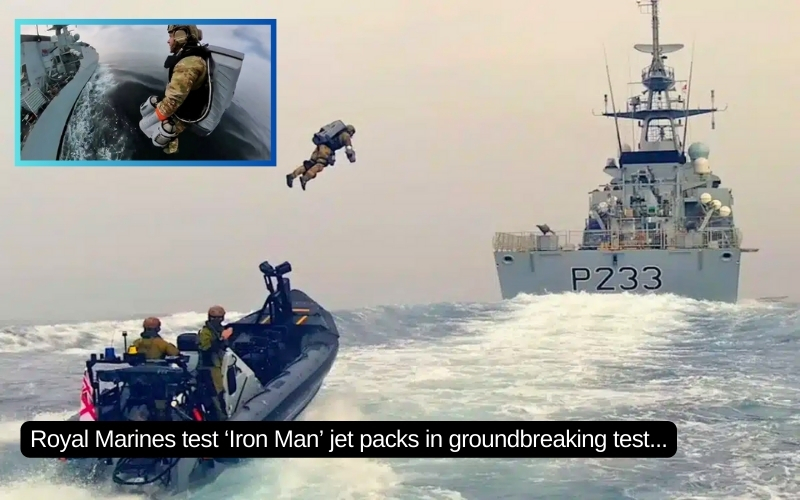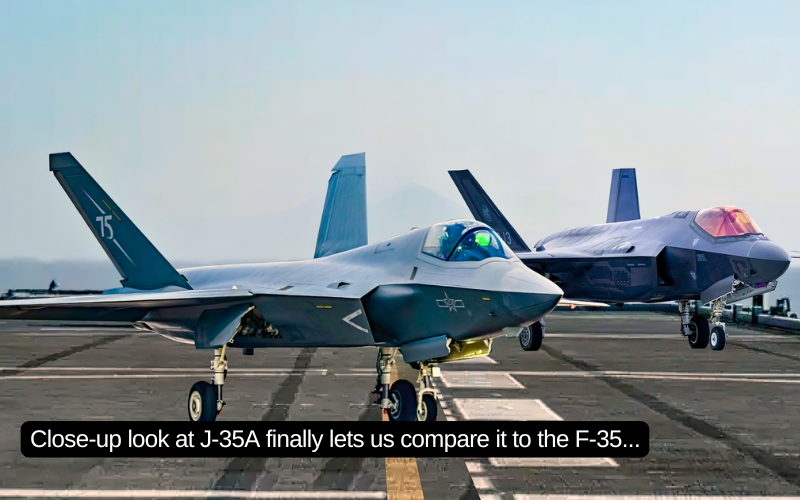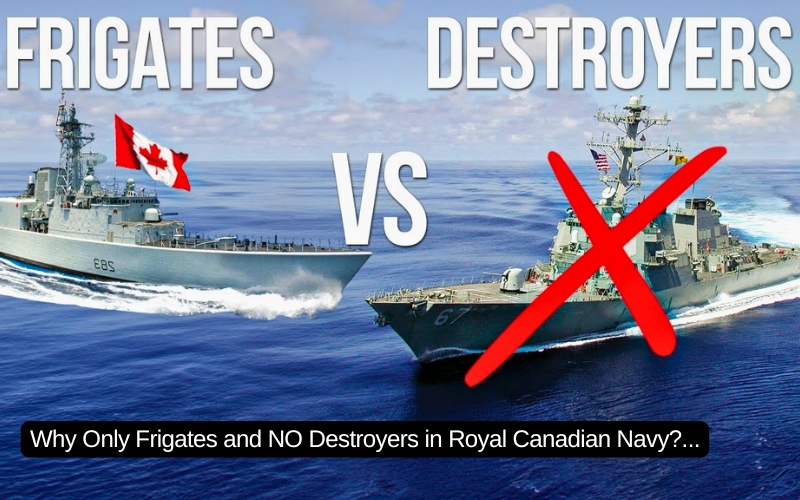The Air Force wants the highly-efficient blended wing body demonstrator, which could inform various future projects, to be flying by 2027.

The U.S. Air Force says it has picked aviation startup JetZero to design and build a full-size demonstrator aircraft with a blended wing body, or BWB, configuration. The goal is for the aircraft, which has already received the informal moniker XBW-1, to be flying by 2027.
Secretary of the Air Force Frank Kendall made the announcement about JetZero’s selection at an event today hosted by the Air & Space Forces Association. The service hopes this initiative will offer a pathway to future aerial refueling tankers and cargo aircraft that are significantly more fuel efficient than existing types with more traditional planforms. They can also possess even heavier lifting abilities with large amounts of internal volume, among other advantages. In this way, it could help inform requirements for the Next-Generation Air Refueling System (NGAS) and Next-Generation Airlift (NGAL) programs, which the Air Force is still in the process of refining.
“Blended wing body aircraft have the potential to significantly reduce fuel demand and increase global reach,” Secretary Kendall said in a statement in a separate press release. “Moving forces and cargo quickly, efficiently, and over long distance[s] is a critical capability to enable national security strategy.”
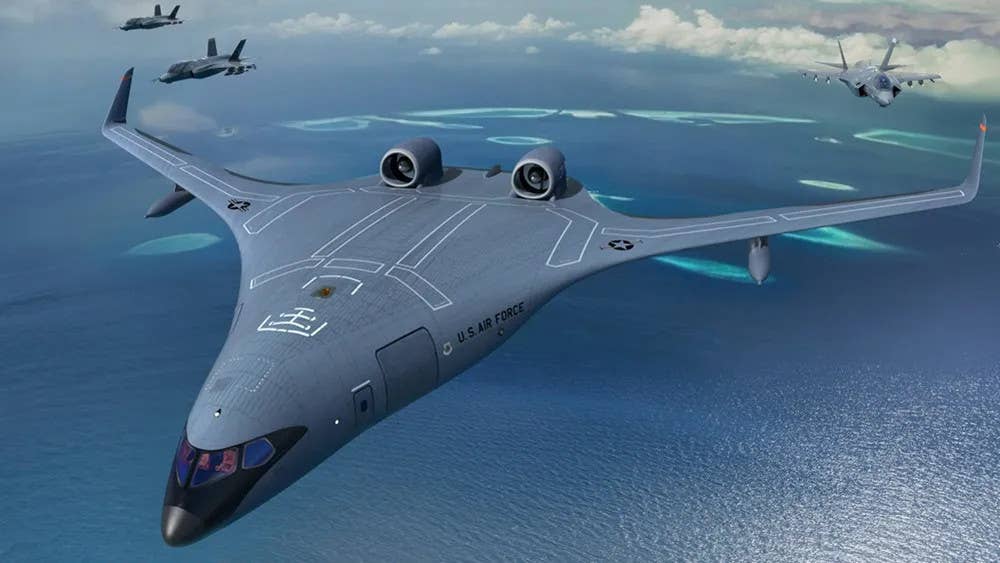
The service’s Office of Energy, Installations, and Environment, is leading this initiative in cooperation with the Department of Defense’s Defense Innovation Unit (DIU). DIU is tasked with “accelerating the adoption of leading commercial technology throughout the military,” according to its website. Secretary Kendall said that NASA has also made important contributions to the effort.
“As outlined in the fiscal year 2023 National Defense Authorization Act, the Department of Defense plans to invest $235 million over the next four years to fast-track the development of this transformational dual-use technology, with additional private investment expected,” according to the Air Force’s press release. Additional funding will come from other streams, as well.
The Air Force and DIU have been considering bids for more than a year and by last month had reportedly narrowed the field down to just two competitors. JetZero is the only company to have previously publicly confirmed it was proposing a design, which it calls the Z-5, for the new BWB initiative. The company has partnered with Northrop Grumman on this project. Scaled Composites, a wholly-owned Northrop Grumman subsidiary that is well known for its bleeding-edge aerospace design and rapid prototyping capabilities, will specifically be supporting this work.

A formal request for information issued last year outlined the main goals of the BWB project as centering on a design that would be at least 30 percent more aerodynamically efficient than a Boeing 767 or an Airbus A330. These two commercial airliners are notably the basis for the Boeing KC-46A Pegasus tanker (which has a secondary cargo-carrying capability), dozens of which are in Air Force service now, and the Airbus A330 Multi-Role Tanker Transport (MRTT).
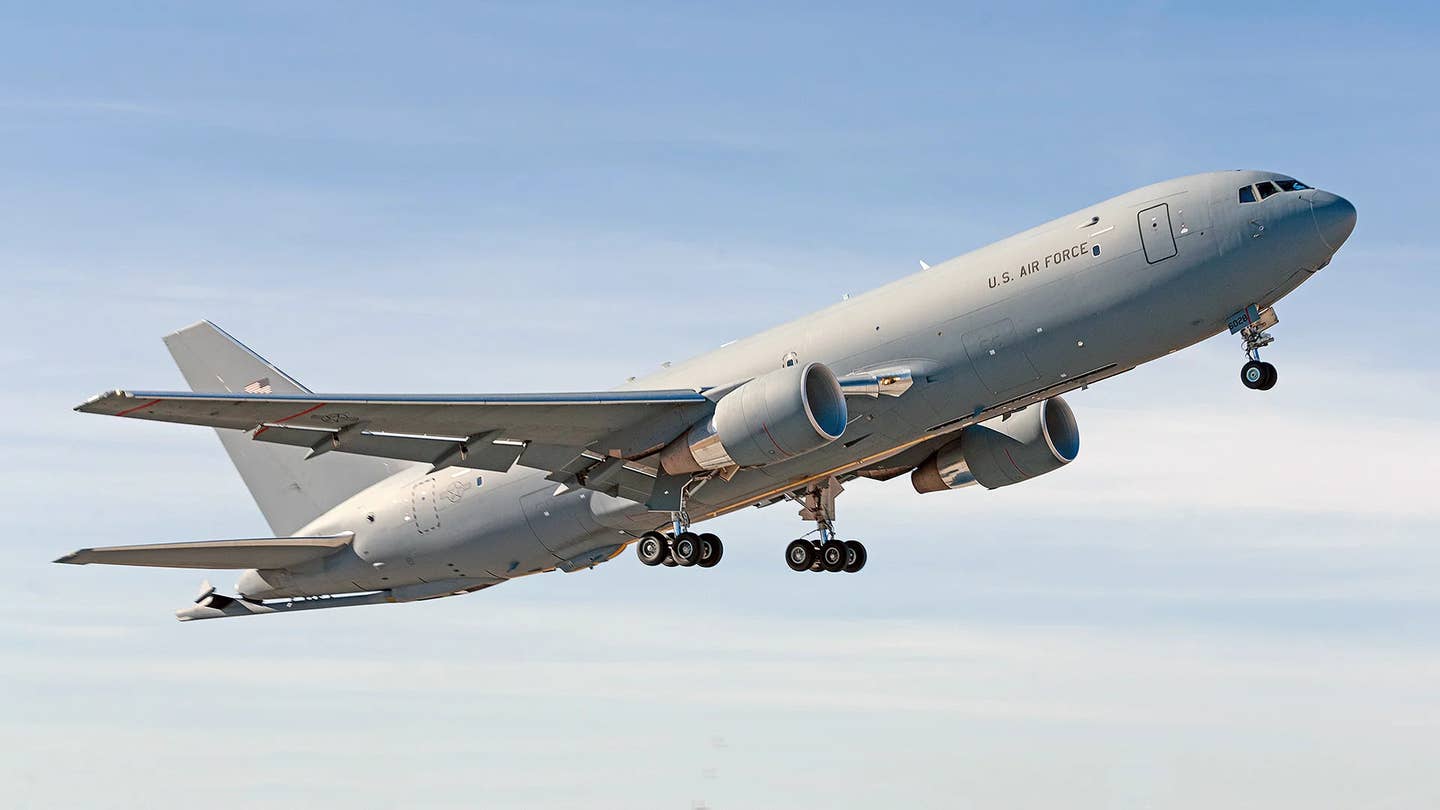
The hope is that the BWB design, combined with unspecified advanced engine technology, could lead to substantially increased fuel efficiency. This, in turn, could allow future Air Force tankers and cargo aircraft based on the core design concept to fly further while carrying similar or even potentially greater payloads than are possible with the service’s current fleets.
“Several military transport configurations are possible with the BWB,” the Air Force’s press release notes. “Together, these aircraft types account for approximately 60% of the Air Force’s total annual jet fuel consumption.”
“We see benefits in both air refueling at range where you can get much more productivity—much more fuel delivered—as well as cargo,” Deputy Assistant Secretary of the Air Force for Operational Energy had also said during a presentation at the Global Air and Space Chiefs Conference in London in July.
BWB designs are not new and the Air Force has explored designs with this configuration, including stealthy types, on multiple occasions over the past three decades. However, with the U.S. military now primarily focused on preparing for a potential major conflict in the Pacific region against China, there are new pressing demands for longer-range aerial refueling and airlift capabilities.
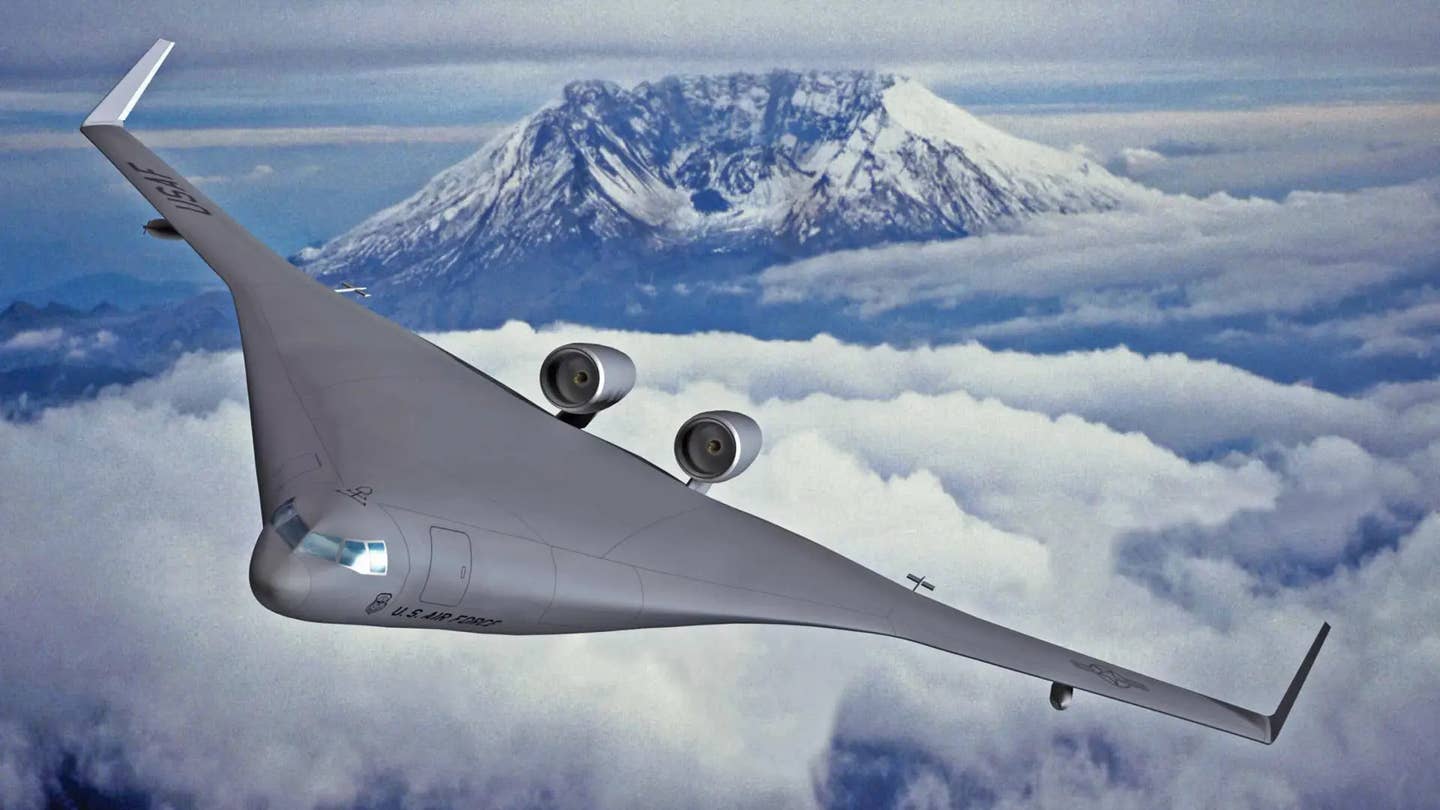
The Air Force has also made clear that it needs more survivable tankers and airlifters to support a future high-end fight. Though not ‘stealth’ aircraft by default, BWB designs could be easier to adapt in this regard and some designs may naturally possess ‘lower observability’ in both IR and RF signatures from certain aspects. Other advanced survivability features could be added to the BWB next-generation aerial refueling tankers or cargo aircraft design, as well, making it much harder to spot by enemy sensors over long distances.
“It’s been a little over a hundred years since a few brave Airmen took to the skies and proved the first aerial refueling capability, extending the global reach of our Air Force. This announcement marks another game-changing milestone for the Air Force in our efforts to maintain the advantage of airpower effectiveness against any future competitors,” said Dr. Ravi Chaudhary, assistant secretary of the Air Force for Energy, Installations, and Environment. A former C-17 Globemaster III pilot and engineer, Chaudhary is leading efforts to ensure efficiencies in operational energy to build greater agility for theater commanders.
All told, it will be very exciting to learn and see more of JetZero’s XBW-1 demonstrator in the coming years ahead of the aircraft’s expected first flight in 2027.
UPDATE 8:05 PM EST:
The War Zone has now had a chance to more closely examine the full scope of the information that has come out today about the BWB initiative and about JetZero’s design, specifically.
Looking at the latest rendering, one thing that has immediately stood out to us is the potential signature management benefits of the design. Beyond having no vertical tail and the general blended body planform, which can already offer radar cross-section advantages, the top-mounted engines positioned at the rear of the fuselage are shielded from most aspects below. This could have major beneficial impacts on the aircraft’s infrared signature, as well as how it appears on radar under many circumstances.

JetZero has previously highlighted how the engine configuration directs sound waves upward, which the company says will reduce its noise signature while in flight, at least as perceived below. This has been touted as beneficial for commercial applications, where noise pollution could be a major issue, but could be useful for versions configured for military roles, as well. A quieter military transport aircraft, for instance, would be advantageous for covert or clandestine missions.
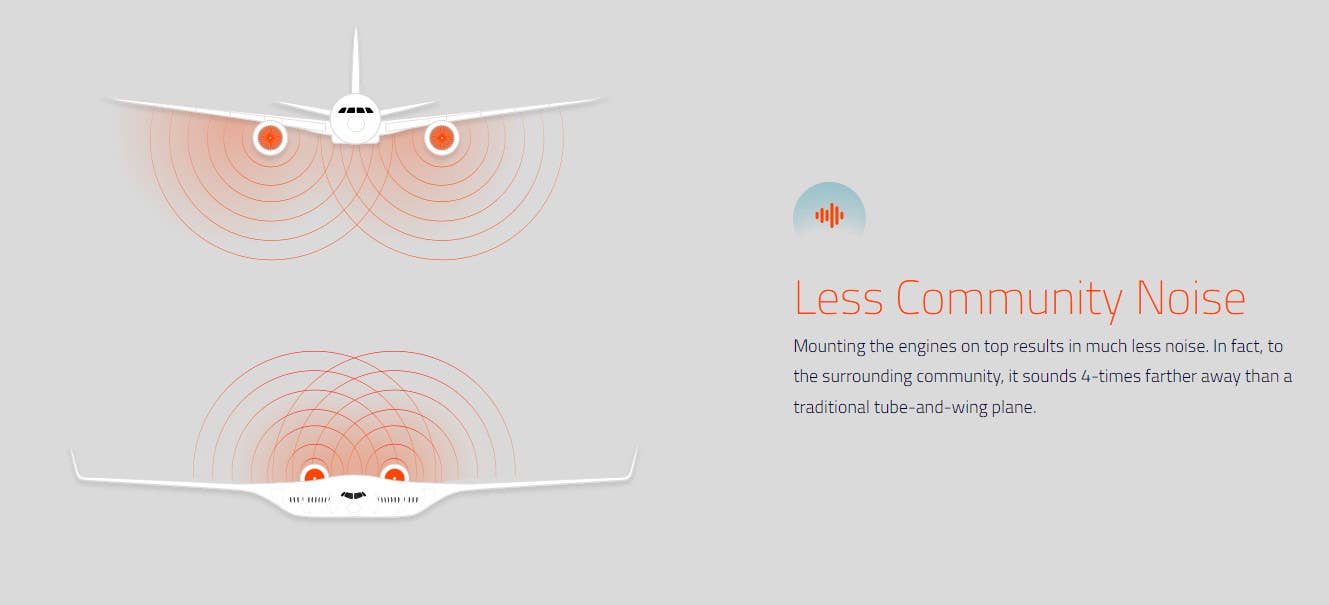
The latest rendering for JetZero’s concept also shows passenger windows and doors along the side of the forward fuselage, highlighting its potential use for transporting personnel, as well as cargo. The company is already pitching the core design as a potential high-efficiency mid-market commercial airliner with a 230 to 250-passenger capacity and significant range in addition to military roles.
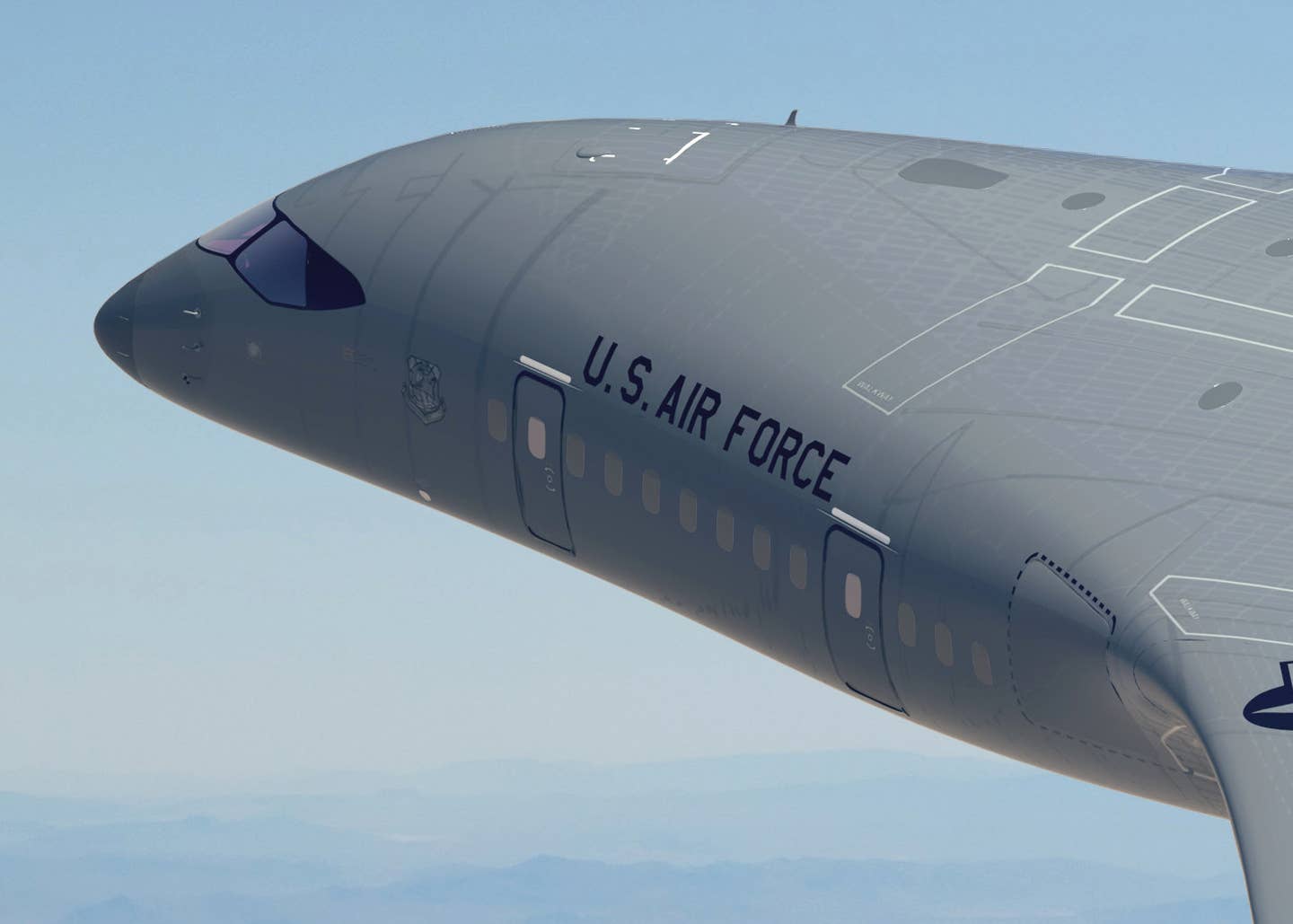
These observations are well in line with what Air Force officials, as well as representatives from JetZero and Northrop Grumman, said at the Air & Space Forces Association-hosted event today.
“There are four forces of flight: lift, weight, drag, and thrust. We have a lifting body and a sleek airframe, and it’s going to be made from composite materials – state of the art,” JetZero co-founder and CEO Tom O’Leary explained about the core design concept. “And when we combine the net effects of that, [they] are phenomenal… and that was the lift, and the weight, and the drag. And then we think about thrust. What we can do to an ultra-efficient airframe, being able to have less of a thrust requirement means we’ve actually gotten ourselves into this virtuous cycle where we can use a smaller engine, which is in turn less weight, and less drag.”
O’Leary added that his company’s team had started first with the idea of building “the biggest blended wing we could” that could be powered by commercially available jet engines typically used on single-aisle airliners. He further noted that while JetZero is a startup, it has immense institutional knowledge about BWB designs thanks to employees, including co-founder Mark Page, with years of past experience working for McDonnell-Douglas on such concepts. McDonnell-Douglas, which Boeing absorbed in 1997, is generally credited as the originator of the BWB idea.
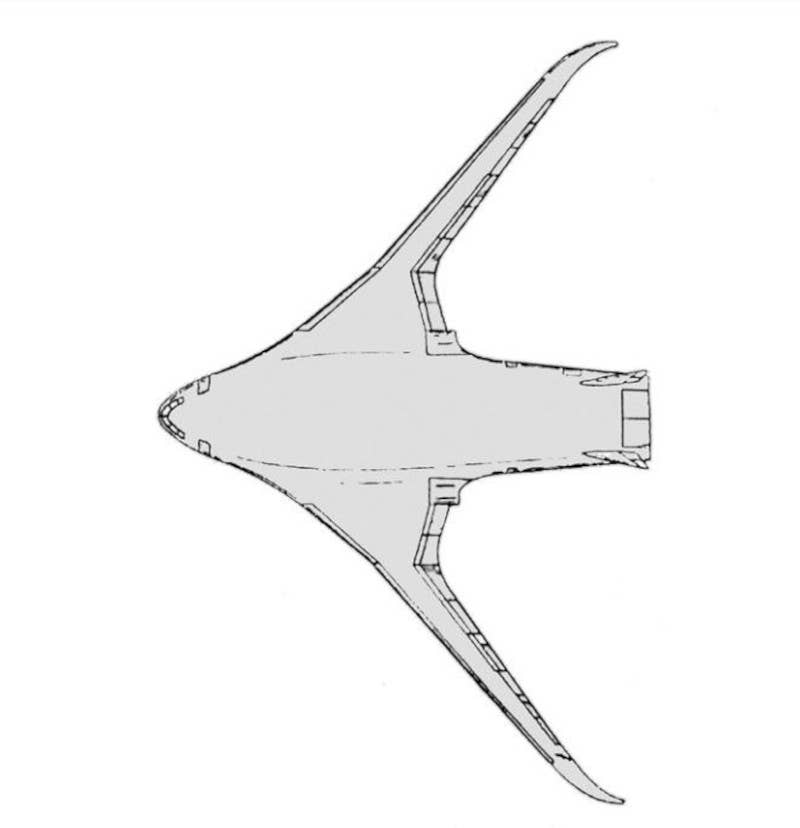
“You’re looking at something with roughly a 50% greater efficiency here, right? So,… first order you’re talking about doubling the ranges or possibly doubling the payloads,” Tom Jones, Northrop Grumman Vice President and president of the company’s aeronautics sector, who was also present at today’s event, added. “Additionally, the folded wing type of design gives you a smaller spot factor so you can fit… more aircraft at potentially a remote location. And the aircraft is also capable of some degree of short takeoff [and] landing type things…”

“Having a lifting body is a great way to get off the ground quicker,” JetZero’s O’Leary also noted with regard to shorter takeoff and landing capabilities.
These performance improvements could have a number of significant operational benefits for the Air Force when it comes to future tanker and cargo aircraft.
Being able to operate from “shorter runways, [across] longer distances, [with] better efficiency to carry the same payload and get it to places” are all of interest to the Air Force, Maj. Gen. Albert Miller, the Director of Strategy, Plans, Requirements, and Programs at Air Mobility Command, explained. “Because at the end of the day, that’s what this is all about…. It is the capability of being able to land someplace on a much shorter runway and pick up a casualty and fly them back to the care that they need. It is the capability of being able to get the same offload of fuel [from a tanker] to a critical receiver [aircraft] when and where they need it, maybe from a greater distance.”
This is all particularly relevant when it comes to a potential future high-end conflict against China in the Pacific where tankers and airlifters, including existing types, are expected to be major contributors.
“At the end of the day, the most vexing challenge in the [U.S. Indo-Pacific Command Area of Responsibility] is the logistics, with the way this adversary [China] can challenge us at distance,” Maj. Gen. Miller said. “If you’re not familiar with the Agile Combat Employment [concepts of operations], it is disaggregate to survive and [then] aggregate with the lethality at the time and place that you need to.”
Video: KC-46 Pegasus “Austere Operations” • Northwest Field Guam
“So having capabilities that… the blended wing potentially brings you of the ranges that you’re going to have to fly. The efficiency that allows you to carry cargo rather than fuel. The efficiency that allows you to carry fuel to offload to others,” he continued. “That’s why this is critical to learn as much as we can learn from this technology.”
Maj. Gen. Miller also stressed that the BWB demonstrator would not necessarily directly meet the Air Force’s demands for future tankers or airlifters. He did add that the design would definitely help inform those requirements and could still be a solution to the operational issues he had highlighted in regard to a future major conflict in the Pacific region.
Northrop Grumman’s Jones spoke to this to some degree, as well, highlighting how developing and building the demonstrator will offer opportunities to explore different mixes of capabilities. “So, you start thinking about [U.S. Indo-Pacific Command] types of scenarios that you might want to model, you can see that fitting into the Agile Combat Employment model, and then you just start figuring out what is the operational effectiveness of these different [attributes] – do I model more range or more cargo? Do I want more persistence?”
As already noted, the Air Force has clearly stated needs for next-generation tankers and airlifters that are not just more capable, but also more survivable in or at least near high-threat environments that are only set to grow.
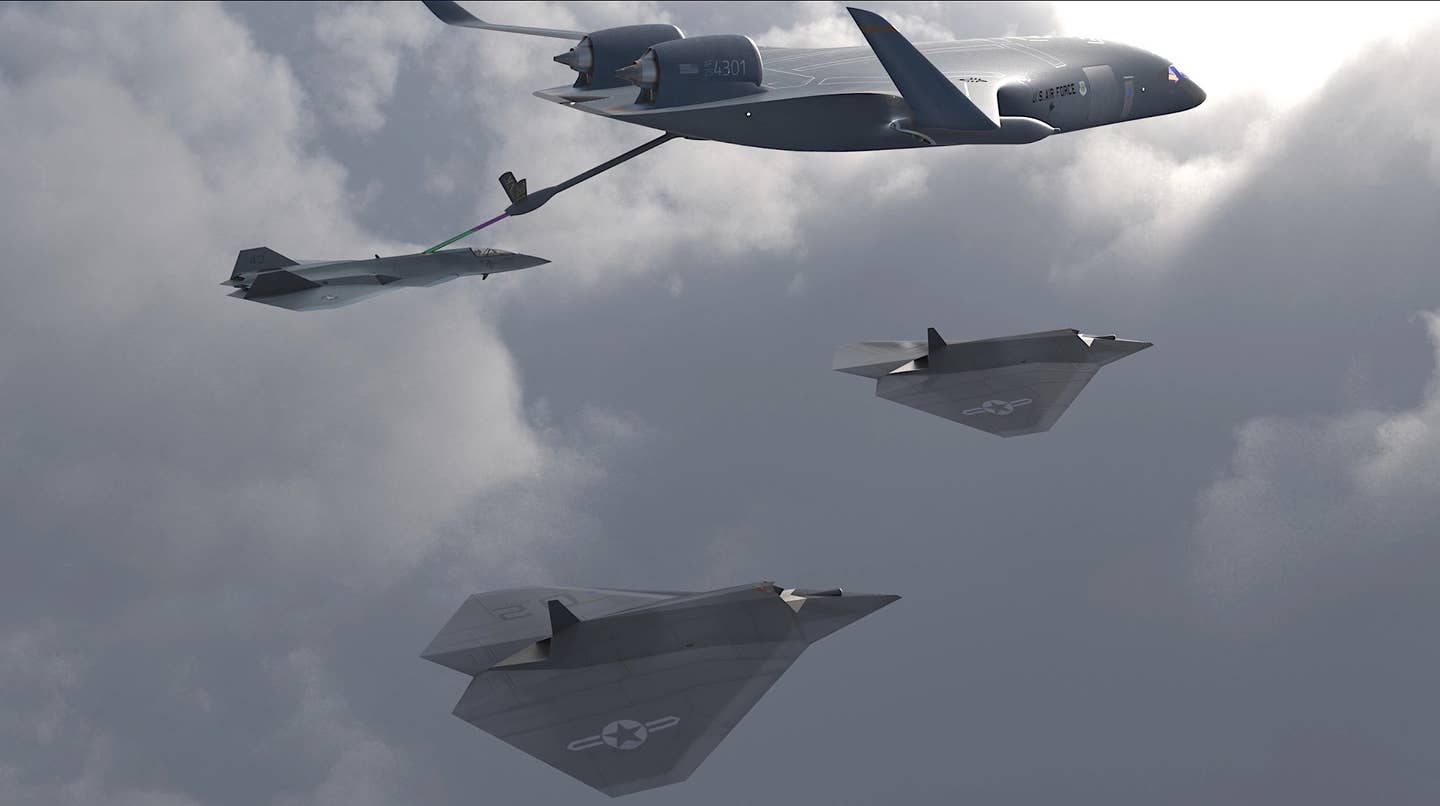
“Why now? Because there’s no time to wait,” Dr. Ravi Chaudhary, Assistant Secretary of the Air Force for Energy, Installations, and Environment, who also happens to be a retired Air Force officer who flew C-17A Globemaster III cargo planes, said at today’s event. “And all of you have recognized that we’ve entered a new era of great power competition in which the PRC [People’s Republic of China] has come to be known as our pacing challenge.”
“As someone who’s lived this firsthand, I can tell you, greater range increases lethality. Fuel efficiency conserves our energy resources and allows us to generate more sorties. And smaller noise footprints means survivability,” he continued. “Seamless ground ops reduces ground time and gets us airborne quicker. And in an era in which installations will no longer be the sanctuary they were in previous conflicts, this capability is going to be critical.”
“It’s no stretch to say that operational energy will be the margin of victory in a near-peer conflict.”
“We’re in a race for technological superiority with what we call a pacing challenge, a formidable opponent [China], and that requires us to find new ways, new methods, and new processes to get the kind of advantage that we’ve become used to and need to preserve,” Secretary Kendall had said in his opening remarks. “And that competitive advantage can be found in the ability to develop and field superior technology to meet our warfighter requirements and to do so faster than our adversaries. Today, that spirit of innovation continues with the Blended Wing Body Program and the demonstration project.”
Kendall added that the potential benefits for the commercial aviation sector offered valuable opportunities for further partnerships.
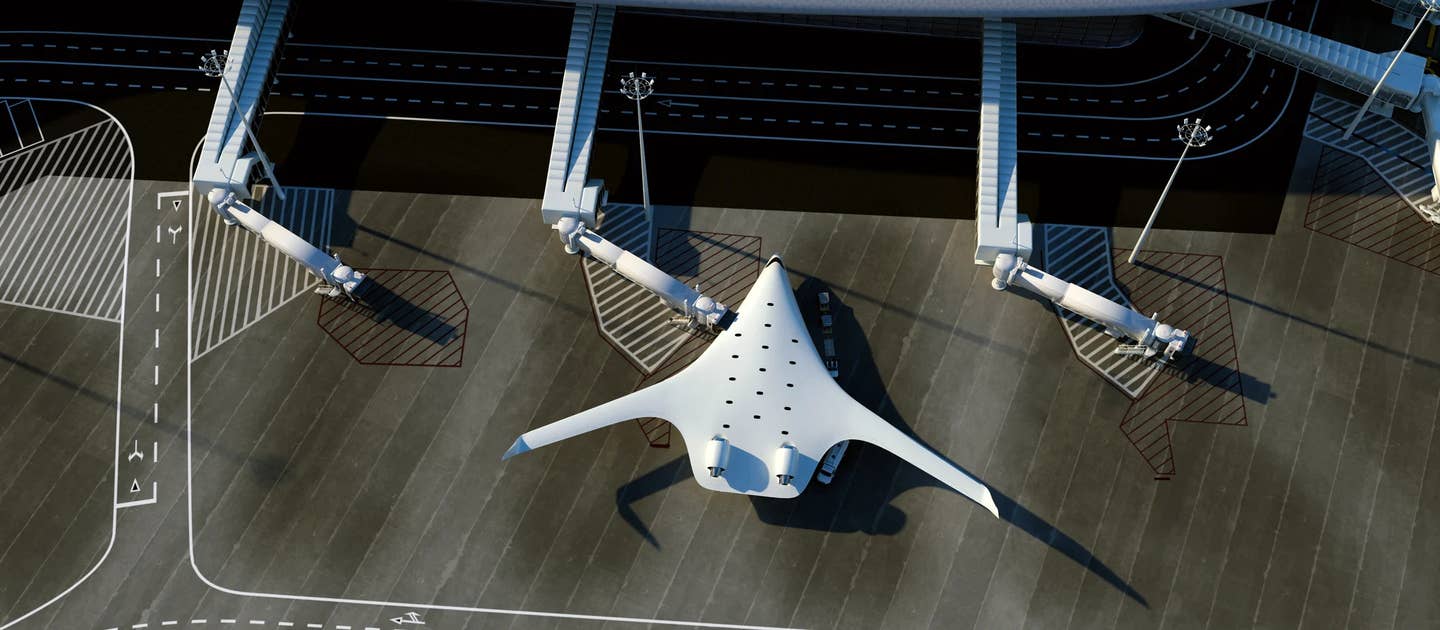
“The project has implications for the industrial base, as well, to help us maintain our technological edge over China and there is a lot of commercial interest in this technology. And we look forward to exploring this technology and future competition and getting the right capabilities in the hands of our warfighters as quickly and as efficiently as possible,” he said. “I want to emphasize that this project is a win-win for the commercial industry, as well as for the DOD… We’re hopeful that the commercial interests will result in additional investments that will benefit all this.”
As the project now gets truly underway, more information about the BWB initiative from the government and industry sides will likely emerge. From what we have seen and heard already, the program could have significant impacts on future military and commercial aviation developments.




